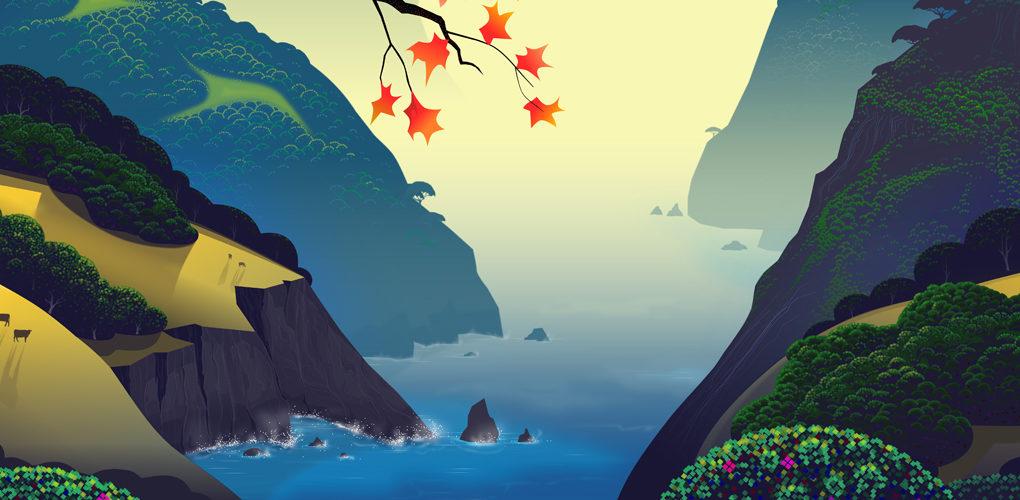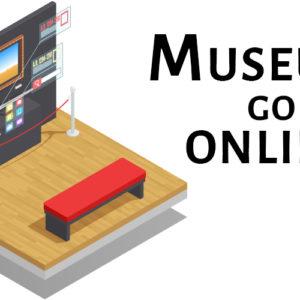Art
The Rise of Digital Art
With new advances in technology in the last couple of decades, artists are finding new and innovative ways to produce their work. Digital art is on the rise. With digital arts wide spectrum of mediums ranging from photography to 3D animation, it has become accessible to a variety of people with unique talents. And although it has helped produce an expanse of work, many are still questioning the validity of the digital arts. With the use of a machine to give the effect you want, does it still make it art?
A broad majority of artists would agree that it still takes a certain skill set to be able to work with many of the computer programs to attain the exact desired effect, as would it with any sort of drawing, painting, or sculpting. After all, in reality, the computer doesn’t do all the work, but is rather used as a tool to help artists improve upon their work. Digital artist, Alex Simpson “began learning and problem solving, and that process was engaging enough to aid the progression of my work in that medium.”
So why is digital art questioned so much by those who don’t work with it? Alex Simpson continues, “There’s a certain stigma associated with digital work in the fine art industry because it is often seen as commercial. Or people think that digital shortcuts delegitimize the skill of the craft itself.” He goes on to address the fact that comfort levels with digital medium vary from artist to artist and “although they use digital medium, they don’t feel naturally at ease with it,” so just because the work is digital, it doesn’t necessarily mean it is easier.
Many would also argue that the accessibility of digital art has allowed a wider variety of people to experiment with and present their talents to the world. Traditional photographer, Kenzie Alizabeth says, “I think digital art is 100% more easily accessible now. It’s very rare I stumble upon someone who doesn’t have a smart phone, and I would argue that people can create full scale digital art with their iPhone. I think it’s incredible that people have access to these tools so that creating digital art can be an option for almost anyone.” The fact that many people already have the means and materials needed to produce the art, or that the materials needed are often only a one time purchase, means that digital art can be overall, less expensive than paint and canvas. And although that can mean the value of the image is less expensive to the buyer, that doesn’t make the experience of the creation of the work priceless.
So what does digital art provide for our society? Alizabeth says. “I would argue that digital art has changed the world for the better. I think that’s what I love about art- it’s constantly changing and evolving and allowing room for growth.” And indeed, with new technology, new mediums will arise, as they have been for ages, and artists are constantly looking for brand new ways to create and contribute to the ever changing world of art.






